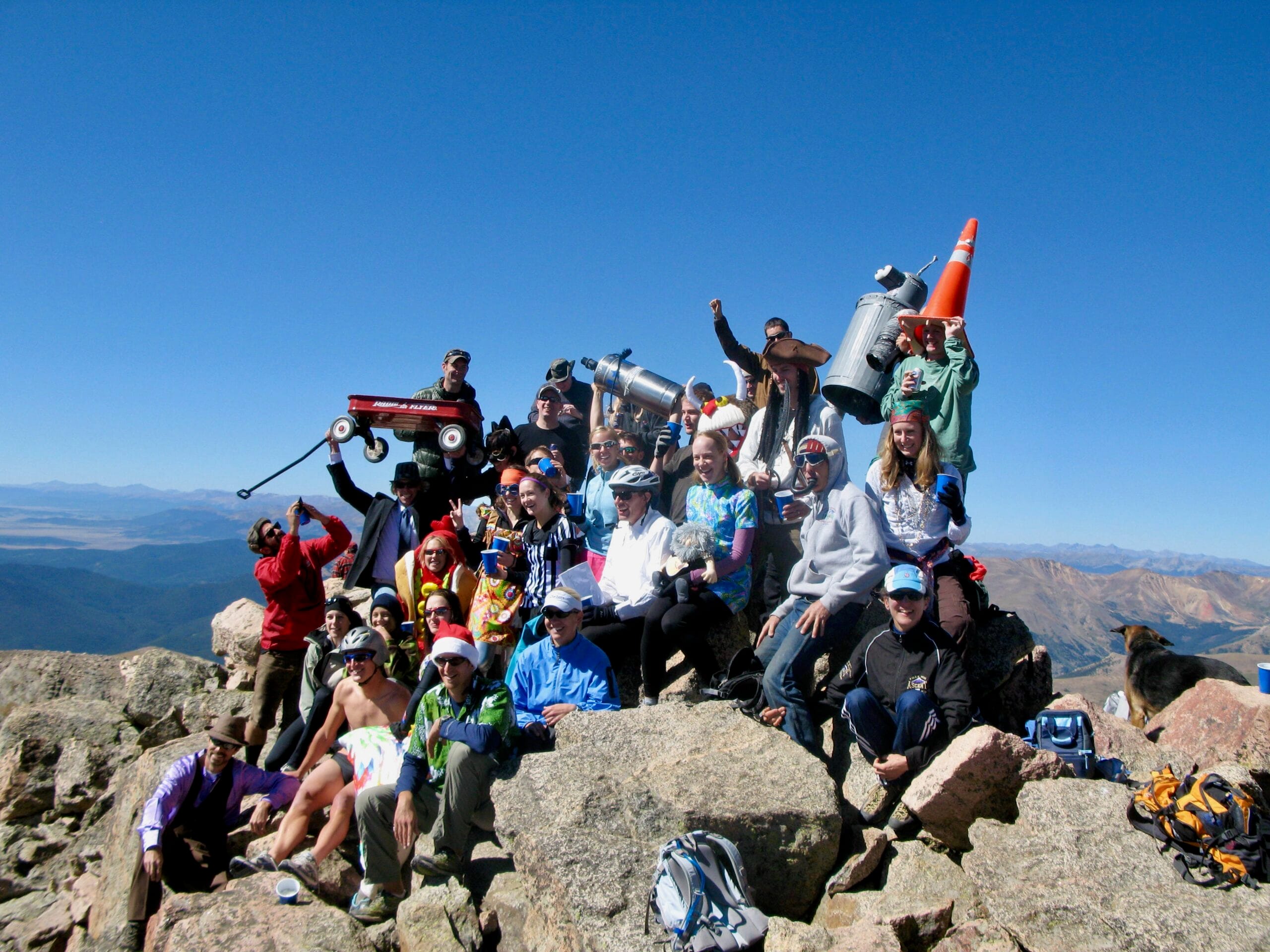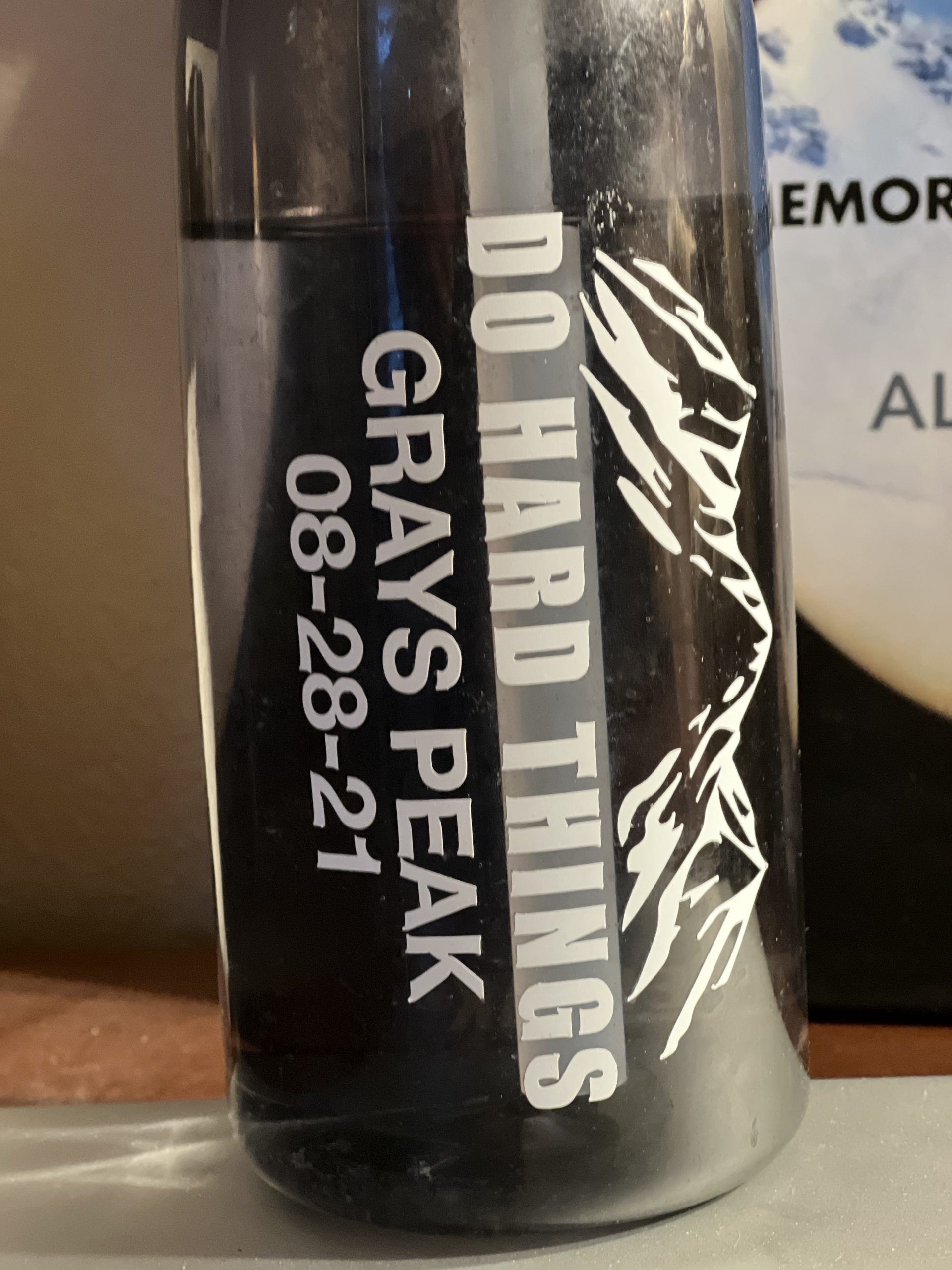
It is dangerous to use absolute words to describe a situation but I think it is appropriate in the next sentence. Everyone always get sick when climbing Everest. There, I said it.
I know guides and those taking your money will say is not true and how they have their cooks prepare every meal, ed even in the teahouses. That they double boil the water, have hand washing stations outside the toilet tent and dining tent, and on and on. So with all that, why is it on every expedition I have ever been on (30+) I have gotten sick, except for one?
Well, I think it comes down to this. In spite of everyone’s efforts, climbers live in close proximity sharing almost everything in a foreign environment that exposes their body to new bugs. So, if you accept my premise, what can you do? But wait, it is not only getting physically sick, there is a mental game going on as well. Great, why do we climb again?
I am using Everest as the example here but my thoughts apply to any long expedition from Aconcagua, Denali to Kilimanjaro.
Now it’s time to get gritty.
Physical Health
The guides are correct. The hand washing and double boiling do help but I always take a pocket size container of Purell with me and start using it from the time I board the airplane. I frequently wash my hands before each meal and after each, well post meal event, aka poop. I avoid the towel at the wash basin because it quickly becomes a petri dish for bacteria and bugs from your close friends. Air drying is actually .
There is a certain etiquette that all teammates should follow. For example, don’t put your water bottle on the dining table given it has probably been on the ground right next to the yak poop. Don’t cough and sneeze into the faces of your mates, poor form. If you are sick, quarantine yourself. Following custom, eat with your right hand, clean with your left. Yeah, I told this would get gritty.
You probably have a medicine kit that would rival the Mayo but that doesn’t mean you are a doctor. Take advantage of resources like Everest ER at Base Camp. Pay the $100 for coverage the entire season, if your organizer doesn’t cover it, and rely on their experience and knowledge. It is reported that some bacteria are becoming immune to some antibiotics in the Khumbu so local knowledge is needed.
But more to the point, don’t yourself.
If you do get sick, don’t fight it. On Everest in 2011, I started vomiting at Camp 2 one night. I steadily lost strength and felt worse by the day. The Docs at Everest Er gave me meds and I consulted with my guides. In the end, I quarantined myself for three days in my tent sleeping almost all the time. But more critically I gave myself permission to get sick and didn’t feel guilty or worry that my climb was over. The bug ran its course. I felt better and went on to summit.
Mental health
OK, you are taking care of yourself but there is something else going on – your teammates are driving you crazy. More common than you know. When you first meet your teammates, you size them up unconsciously. On large commercial climbs, it is common not to know your teammates until you arrive at the gateway city.
At the first meeting, you give them a look see. Do they seem introverted or extroverted. Do they smile, laugh easily or avoid eye contact. On one of my climbs, a teammate wore a full head balaclava the entire expedition and ate every meal by himself. I only saw his face when we said goodbye. He said he was avoiding airborne bugs and sick people. Creepy!
Expedition climbing is a compressed environment. You really get to know people – more than want sometimes. You hear about money problems, kid problems, spouse problems. There are those who love to share their daily bowel results with everyone at each meal. Some are trying to summit more than the mountain. It seems everyone is crazy except for you!
But the worse are the ones who bring everyone down. “The weather will never get better”, she said over breakfast. Continuing her upbeat report. “We will never summit. In fact, I doubt we will go back up again.” she wines between coughs and wiping the snot from her upper lip. She is miserable and is happily sharing thus making everyone else miserable.
Being Social
One unique aspect of climbing Everest are the trekkers. Visiting Everest Base Camp is a popular destination for trekkers and for many it is the first time to interact with climbers. Many expeditions will combine trekkers and climbers on their way into EBC on the south side. And some operators will take trekkers to EBC half way through the season.
The challenge is how to avoid getting exposed to new bugs without being unfriendly. The operators help the trekkers understand that the climbers are not being rude, just safe. At this point in an expedition, most of the team have been exposed to one another’s contagious bugs and do not want to risk their summit by starting all over with a new batch.
The same dilemma presents itself when visiting teahouses down valley in mid expedition. For me, I never went down valley to “touch grass before the summit”, a phrase coined by Anatoli Boukreev. I preferred to rest in the relative isolation and saftey of base camp.
Teamwork
With everything I have said, you might get the impression the strategy to stay mentally and physically healthy is to avoid all contact. Well, that probably won’t work. Remember the balaclava guy? He got sick just before the summit push.
Use common sense. Avoid sick people. Don’t pet dogs and cats no matter how cute they are. Nod your head rather than shake hands. But most importantly, surround yourself with people you like and are positive. The mental aspect of physical health is underrated on these climbs. I’m not saying be elitist or rude, but make a decision on who you want to spend time with.
I mentioned I have gotten sick on every expedition except one. Well that was Manaslu. Why? A few things come to mind. First we had a small team of seven climbers and with one exception everyone stayed healthy. The one sick person isolated himself until he got better. Everyone followed the etiquette religiously. We had a clean toilet tent that everyone respected. The cook crew was outstanding.
But looking back, everyone just got along. We laughed a lot. Phil, our leader, set a casual informal tone. Even after multiple days of rain, we all still joked and interacted freely. We just had fun.
If you find yourself getting sick or worn down, find the jokester in the team. Relax, breath and enjoy. A positive attitude goes a long way and after all, you are climbing!
Climb On
Alan
Memories are Everything
P.S. The balaclava guy summited Everest 🙂



10 thoughts on “Staying Healthy on Everest”
Hey Alan,
Great read. I think that wearing my buff in Katmandu before we left for Lukla really helped me not get the Kumbu cough but as you said, everyone gets sick at some point. It was the salami that did me in for about a week. My advice is use a ton of purell and stay away from cured meats..
Zachary Zaitzeff
Not that my one trip up Kilimanjaro is much to compare with you guys, but I brought with me a whole bottle of liquid extra strength pepto all the way to the top. It was crucial, though fortunately I only had minor stomach problems. Like Ryan, I am also planning on Aconcagua as my next expedition, I will definitely bring pepto there too. Thanks for all the tips!
Really good article, Alan. You are totally correct – getting sick is inevitable on these big trips. I got sick (coming out both ends:)) in 2010 prior to our Everest climb and, at the time, I thought I was never ever going to be able to climb the mountain with how weak and fatigued I felt. Once at Namche on the hike in and twice at EBC. Could have been traveler’s diarrhea, the water, the food, or just a basecamp bug – who knows. Fortunately, I felt good on everything higher than EBC. Even Kristine got sick at EBC one night and she has a stomach of steel.
May I add perhaps bring enough supplies of antibiotics for unforseen bugs and illnesses such as a z-pac (zithromax), cipro, etc. A z-pac saved me on Aconcagua this past January, Ryan.
Thanks Brandon as always. Best of luck to you and Christine on Vinson!
Thanks so much, Alan! Its coming up!
Great article with the same tips!!!
got any advice for not getting sick on Acon other than the normal stuff?
Very similar to Everest Ryan. I think the dust on Acon makes everything a bit more “dirty”. Water is an issue so I used iodine. My SteriPen bonked. Oh and don’t pet the mules!
My SteriPen consistently fails above 14,000 feet.
Great idea for an article. Thanks for this.
Comments are closed.